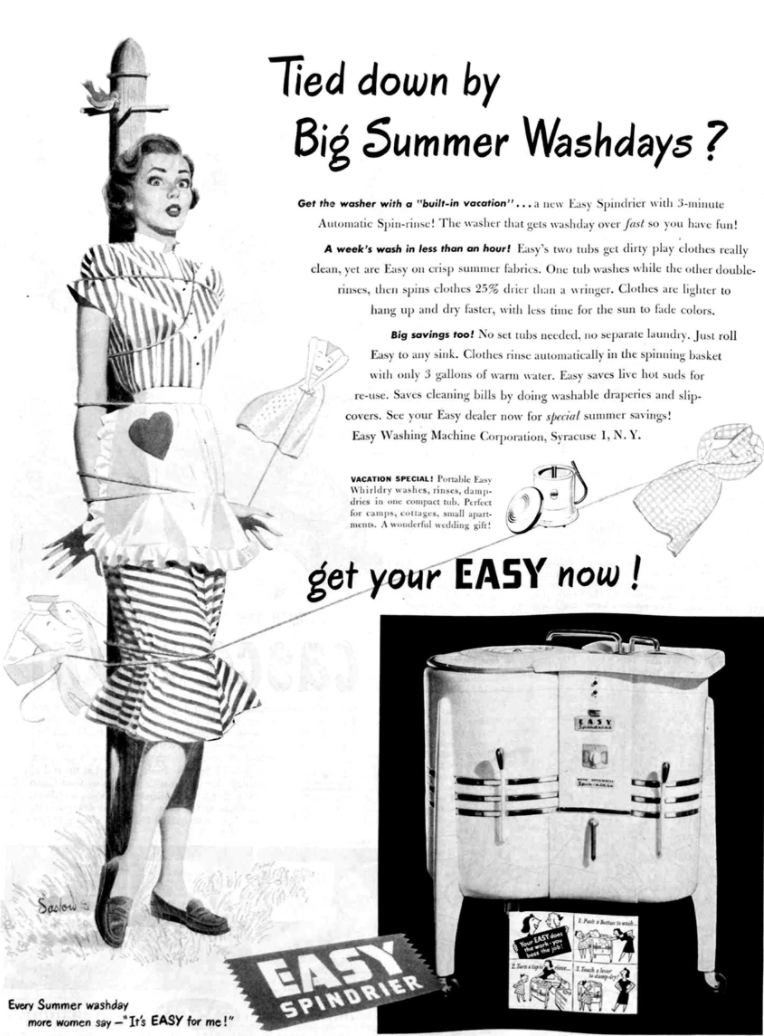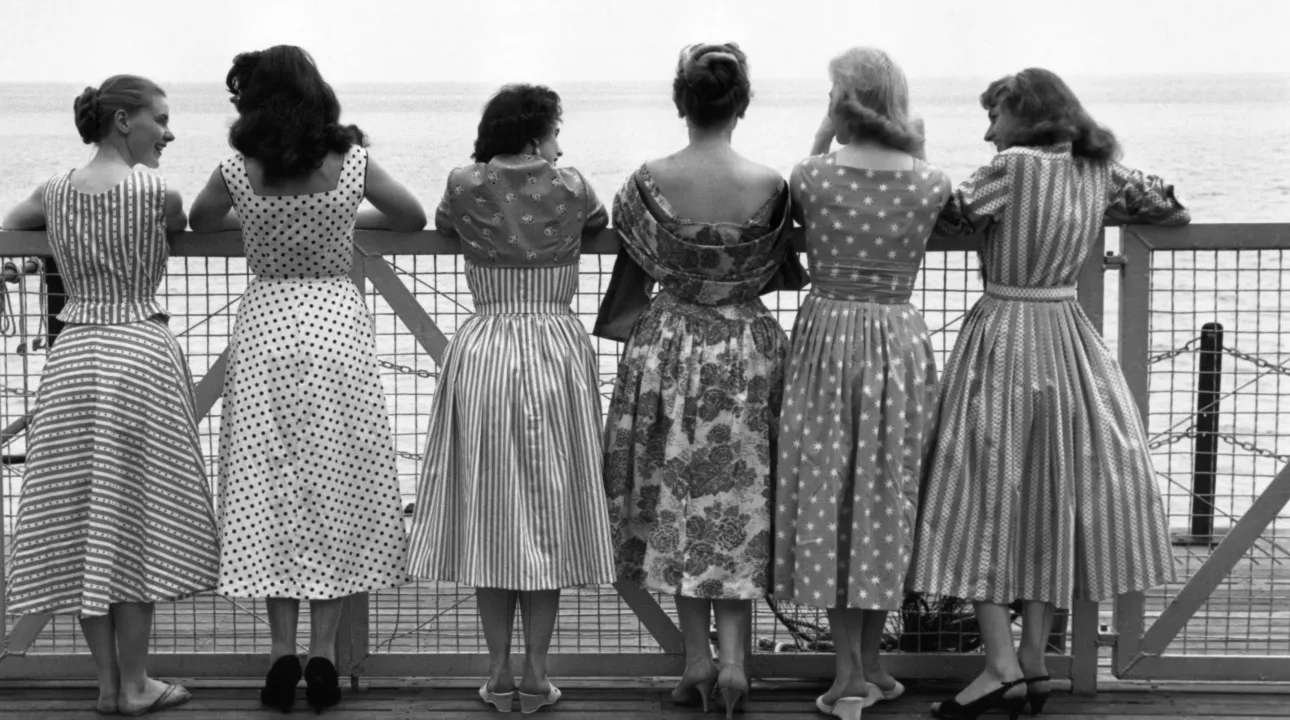Table of Contents
Simon Sarevski
fee.org
Simon Sarevski is a research assistant at the Austrian Economics Center. He holds a bachelor’s degree in financial management from Ss. Cyril and Methodius and is involved with European Students for Liberty.

In ancient Greece Plato could be found advocating women’s rights, arguing that women possess “natural capacities” for governing equal to men. During the enlightenment, people like Mary Wollstonecraft vigorously argued for greater gender equality. In the second half of the 19th century, the first feminist movement was born, focusing and soon after achieving the goal of women suffrage. In the 1960s, feminism was mixed with the growing anti-war and civil rights movements and focused on sexuality and reproductive rights. The feminist movement of the 21st century rose against sexual abuse and sexual harassment, especially in the workplace. In the age of social media, its culminating moment was the #metoo movement.
And yet, following World War II, three events surrounding innovation and the freedom of the market economy did more for women’s liberation than any queen or any feminist movement has ever done.
1. The Introduction of the Washing Machine
Unlike today, washing clothes was once a hard, time-consuming form of unpaid labor. For most of history—for better or for worse—it was women who were tasked with this household chore. It didn’t matter if you were living in a rich or a poor country, coming from a rich or a poor household. If you were not rich enough to afford a housekeeper, which hardly anyone could, you had to wash your own (family’s) clothes.
Think for a second how this process worked even after World War II. Not only was most of the world destroyed, but most of it was not industrialized yet. Loads of people were still living in rural areas where running water in the house was absent. Thus, those women who had the luxury to wash their clothes with heated water by the fire never missed that chance. Sadly, for many, the process of washing clothes meant going to the village fountains or the nearby streams, quite often doing the washing with cold water.
As Hans Rosling explains, women had more time to dedicate to their children, including their children’s education. This freedom also allowed women to enter the labor force more and more.
As Hans Rosling explains, women had more time to dedicate to their children, including their children’s education. This freedom also allowed women to enter the labor force more and more.
This all changed in the 1950s when the washing machine was introduced to the general public. Suddenly, technology made it possible for women to spend their time on something more useful—for leisure, or as Swedish physician and academic Hans Rosling explains, women had more time to dedicate to their children, including their children’s education.
“To my grandmother, the washing machine was a miracle,” Rosling noted in a popular 2011 Ted Talk.
This freedom also allowed women to enter the labor force more and more.
2. The Creation of the Pill
In ancient times as well as the middle ages, all around the world people have tried rudimental forms of birth control. But when it comes to advancements towards equality, nothing comes close to the impact the pill had. The first commercially produced birth control pill saw the light of day in 1960. Although contraceptives had been used for quite some time before then, the pill gave American women—and, soon after, women around the world—unparalleled reproductive freedom.
“Reproductive freedom meant that marriage and children could be postponed further to a time when both partners deemed it right.”
“Reproductive freedom meant that marriage and children could be postponed further to a time when both partners deemed it right.”
Reproductive freedom, besides the obvious benefit, meant that now women had greater freedom to choose their significant other. It also meant that marriage and children could be postponed further to a time when both partners deemed it right: unexpected pregnancies need not alter their plans.
Lastly, as the marriage and child-bearing age got pushed further back, women were enabled to enter the labor market and further educate themselves.
3. The Rise of the Service Economy
Millions of men who had served in World War II left vacancies open on the home front. As a result the US, similar to Great Britain during the Great War when the Women’s Land Army grabbed pitchforks to do the farm work, saw a wartime surge in female employment. More than 6.7 million additional women went to work during the war, a 50 percent increase in the female labor force.
When the war ended, many of the war-related industries were dissolved. Those that still stood, after all, were industries that traditionally favored male employment. On top of that, this was the generation of the baby boomer parents, when many women got pregnant and took care of their children. All of this ended the wartime boom in female employment, almost as abruptly as it began. Although it took some time for the female labor force participation rate to recover to wartime levels, it nevertheless saw steady growth. The only difference was that married women started entering the labor force more and more.
The stagflation of the 1970s, (i.e. the sluggish growth rates, high inflation accompanied by high unemployment) changed everything. After this calamity, women were ever more eager to work.
During the Great Depression, jobs were extremely hard to find. Female labor participation was extremely low during that time, but the need for the family to stay afloat meant that whoever could find a job accepted it. And while men’s employment rates declined, women’s employment rate actually rose. Between 1930 and 1940, approximately 2.5 million more women worked for wages outside the home, a rise of 24 percent. The stagflation of the 1970 saw many similarities to the crisis of the 1930s. At the same time, something was very different. Not only were women more eager to work, but they also kept this attitude after the economic upheaval ended.
Capitalism and freedom are about choice.
Capitalism and freedom are about choice.
The nature of the economy shifted from the industrial to the service economy and in the late 1970s, the era of manufacturing jobs drew to its end. The rise of the service economy made female labor more competitive compared to the industrial age. Women chose more continuous careers, which meant, if they wanted status and earnings similar to those of the men in society, they had to invest in education as well. More and more women entered the labor force and pursued higher education. What was surprising at the time but very normal today is the percentage of women of childbearing age with a child under the age of one entering the workforce, which rose dramatically.
Conclusion
World War II showed women around the world that they can do work outside of the household and more importantly, be paid for it. Technological progress, such as the washing machine, dishwasher, vacuum cleaner, and microwave, freed up a lot of time women previously spent on household chores.
Growing standards of living further meant less time in the kitchen for women. The invention of the pill freed women to plan their families, further increasing their freedom to work and be independent. And with the stagflation of the 1970s and the ensuing service economy, women finally found independence.
These seemingly unconnected events following World War II gave women more freedom than any feminist movement in history—with the exception of universal suffrage perhaps. With the help from the state, many organizations had stifled women’s rights. Many times, the state itself still penalizes women (see here and here).
Capitalism and freedom are about choice. And although the situation is not perfect, capitalism, through technology and choice, has allowed women to avoid and escape the obstacles to their prosperity and has created far more equality than there’s ever been.
Please share so others can discover The BFD.









